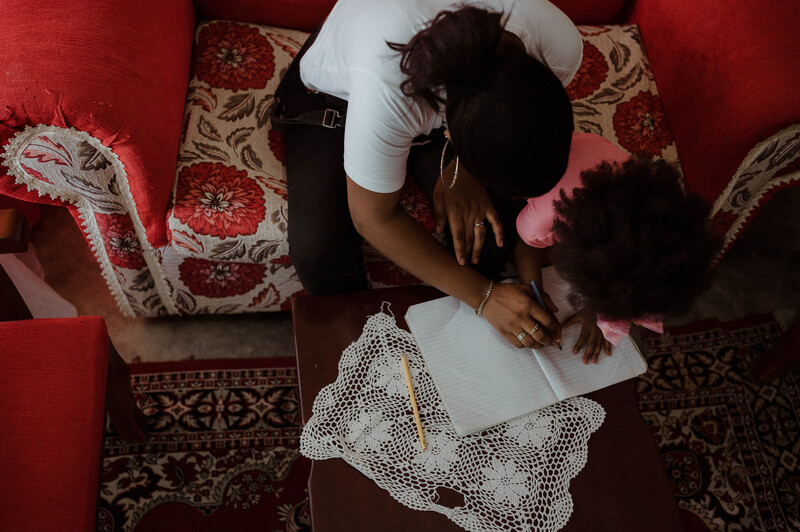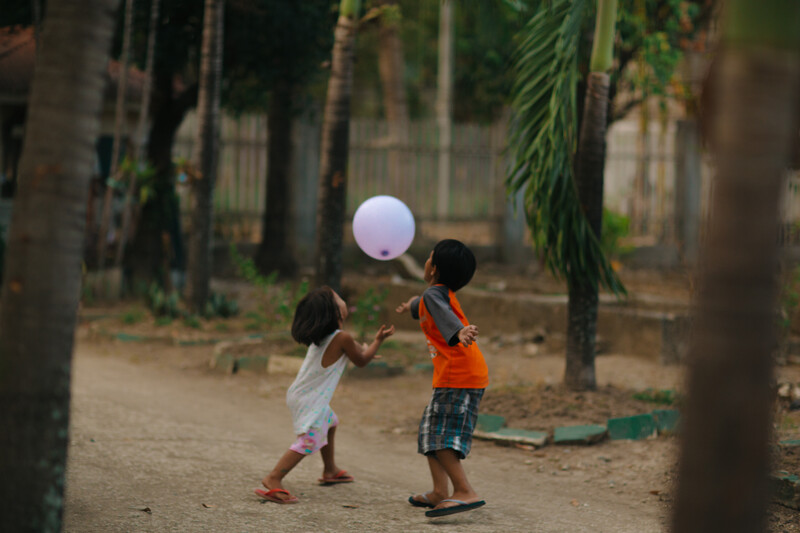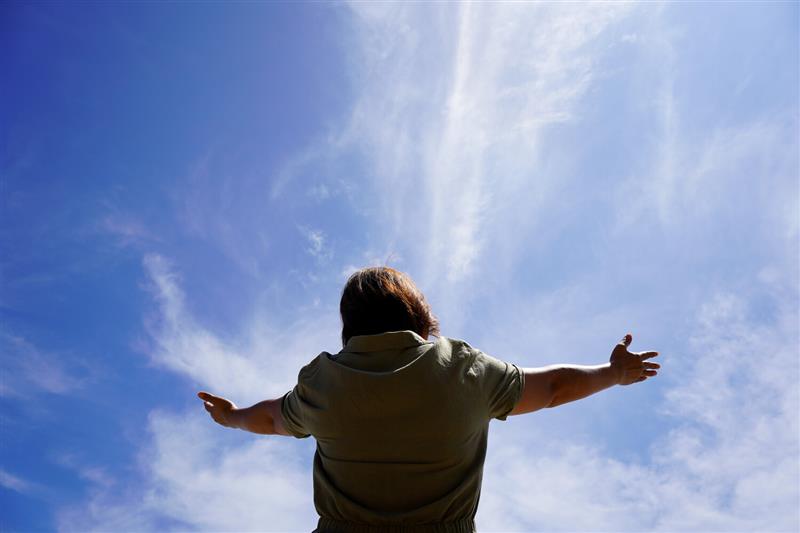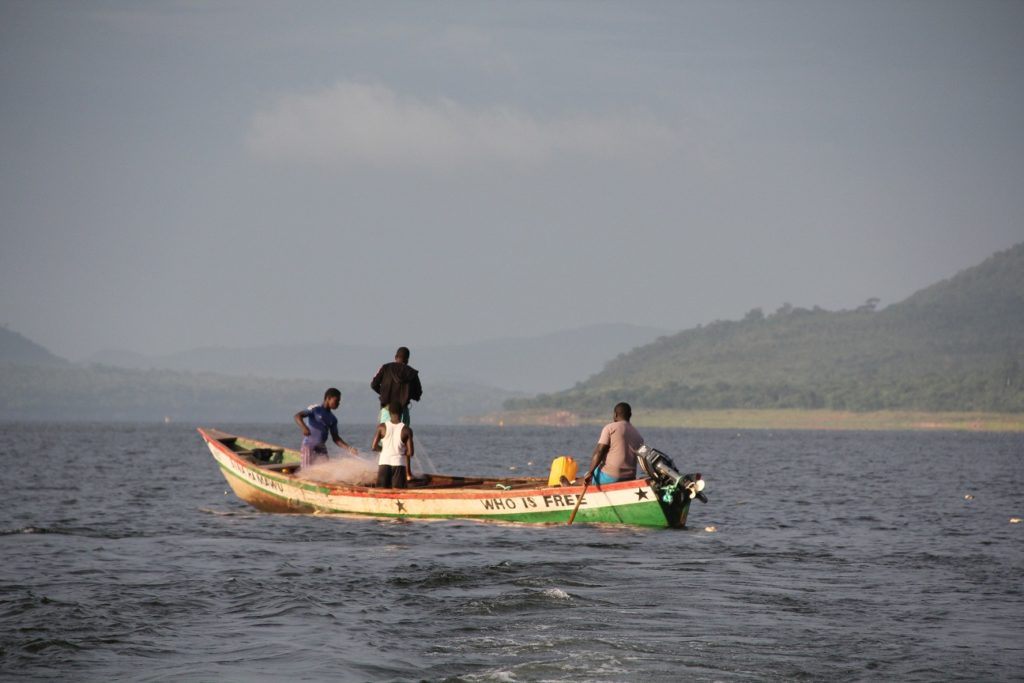
Katy Lambert
It was 5am and we were standing at the back of our boat surrounded by water and mountains watching the sun rise upon one of the world’s largest human-made lakes – Lake Volta, Ghana. I remember being conflicted in that moment. I was confronted with such beauty yet I could not allow myself to ignore the darkness of the reality – this lake holds tens of thousands of children captive.
In 2016, I joined the IJM Ghana team in their mission to see children set free from slavery on Volta Lake. It can be hard to imagine what life in slavery is like if we have not experienced or witnessed it ourselves. It can be hard to motivate ourselves to action when we struggle to see the impact our actions can have. So, walk with me into some of the scenes I witnessed in Ghana …
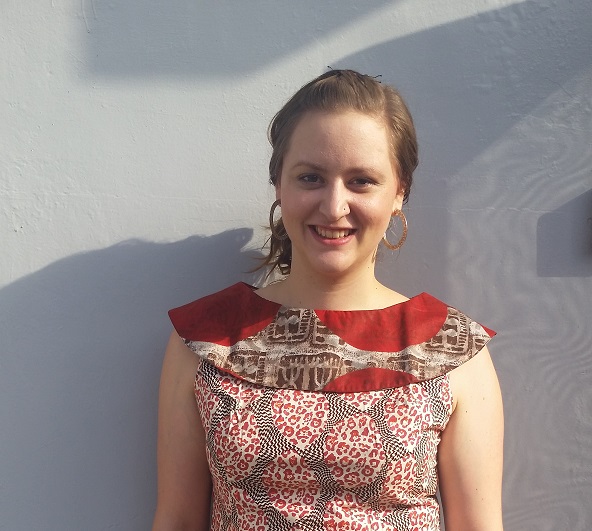
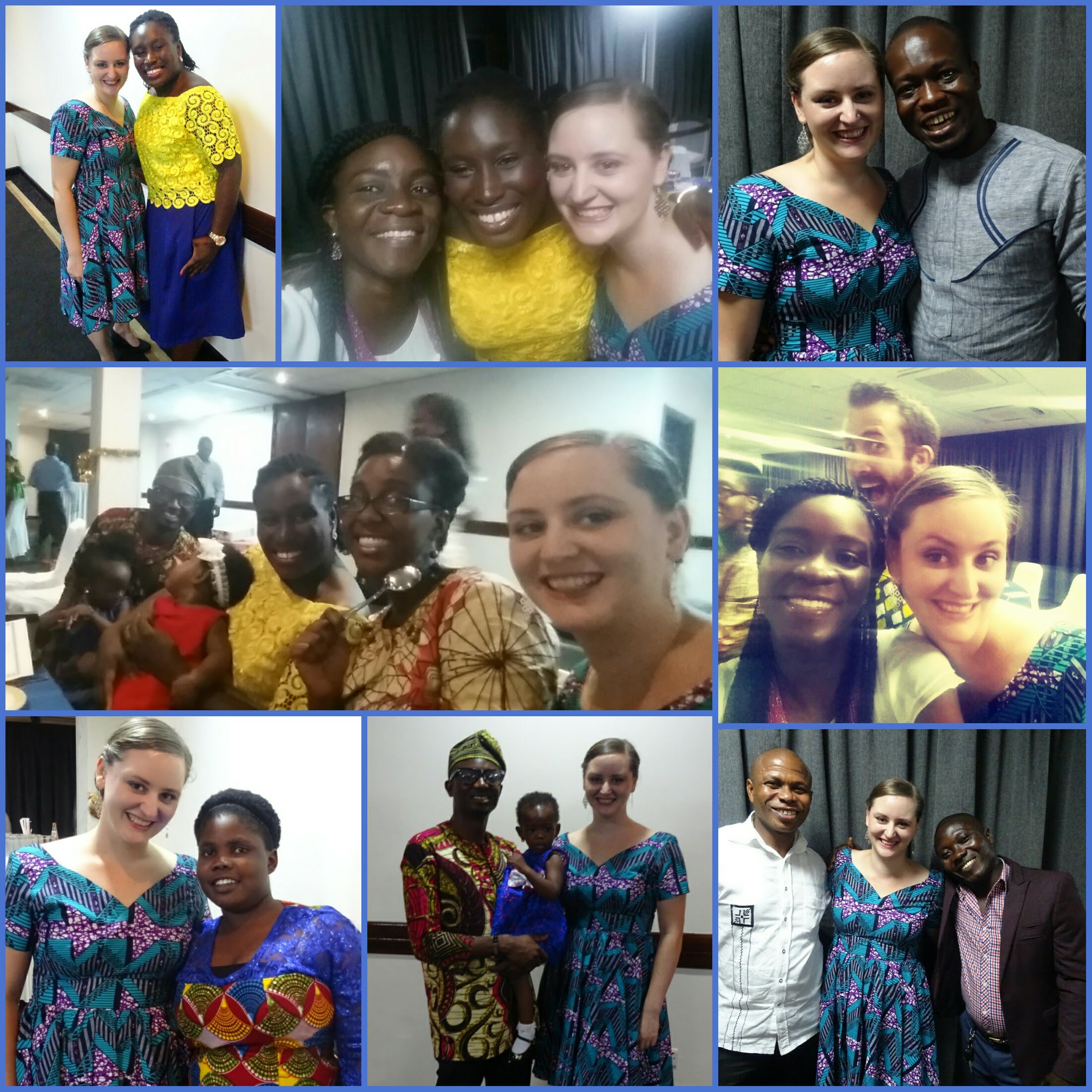
Scene 1:
You’re in a remote, lakeside village. You’ve just finished a prayer walk around the edge of the lake and you’re now in the village chasing a half-deflated soccer ball across the small, uneven dirt pitch being shown up by the children’s ball skills. More children start to gather, along with a few young adults, and as they start to get distracted from soccer by laughter, animal sounds and hand games, you notice a young boy, possibly 8, to your left.
You’ve heard stories of trafficked children living among the children of their masters but not enjoying the same freedoms as them. You wonder, could this be one of those children? You notice he is playing by himself, isolated from the rest of the group. No one seems to take any notice of him. His clothes are a bit older and with a few more holes, he has a few scars on his arms, and a limp as he walks. But what catches your attention the most is his countenance; it is not the same as all the other children here. Maybe this isn’t where he belongs?
Forty-five minutes later, as you’re driving out of the village, you notice that same young boy. With a huge bundle of fishing net balanced on his head, he makes his way down toward the lake, an older man, empty handed, follows close behind.
Your heart sinks.
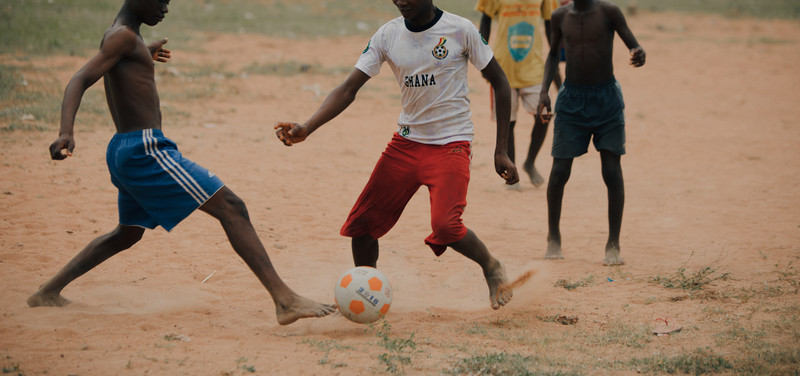
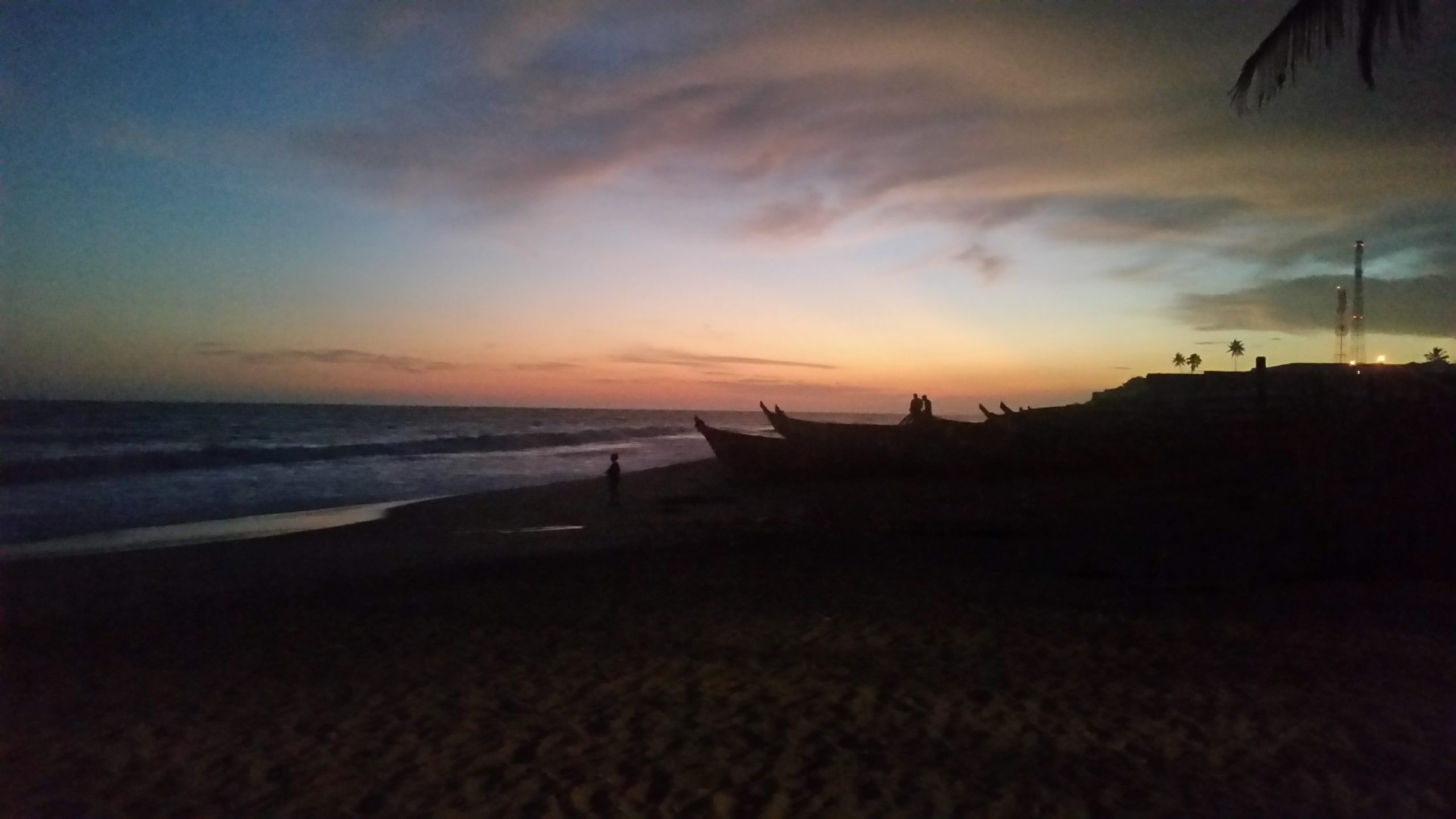
Scene 2:
It’s the early hours of the morning and you board the boat. You’ve been on the boat for hours and although you can see land, you know it is a long way away. You pull up alongside a small canoe.
Despite there being three boys in the boat, your eyes cannot leave the youngest boy in the middle. With water up to his ankles, nets and catfish surrounding him, he timidly avoids eye contact. He can’t be more than 7 years old, and you watch as he continues to use an old plastic container to scoop the water out of the boat, as if he had no choice but to continue. As if he feared to stop. His actions have a rhythm to them: scoop, empty, scoop, empty, scoop, empty … It feels like it is never ceasing.
The rhythm of that little boy scooping the water from his canoe lingers in my heart. He is worth going back for. These are only two stories of what slavery in the fishing industry on Volta Lake can look like. Sadly, there are thousands more.
These stories must be transformed by rescue. I am more convinced than ever, that our actions and partnership with IJM can and do bring rescue and transformation.
Australian Katy Lambert served as an Administrative Fellow with IJM Ghana in 2016. All images in this blog post supplied by the author, except the photo of children playing soccer which is taken by Jeremy Snell for IJM and depicts a slavery survivor, Foli*.
Learn more about child slavery on Lake Volta here.

